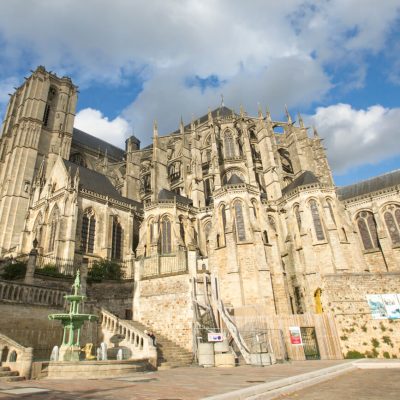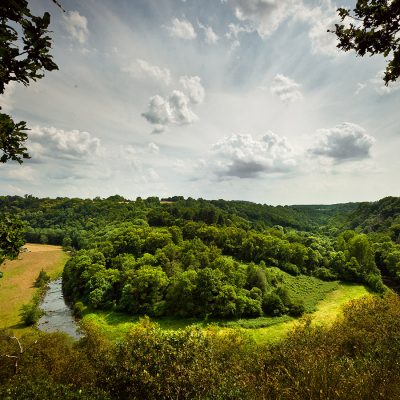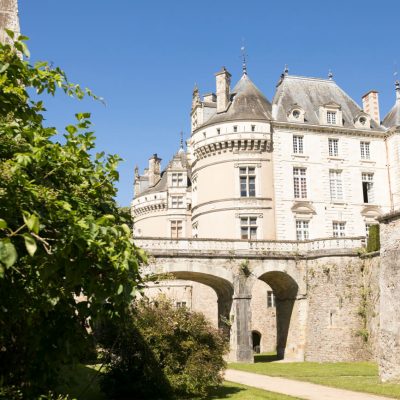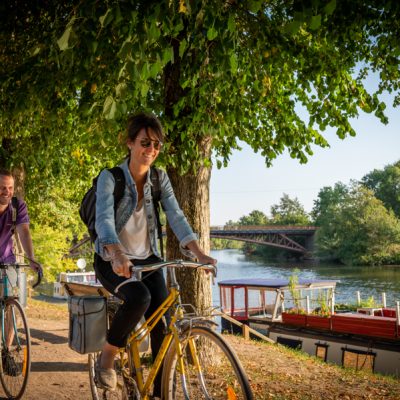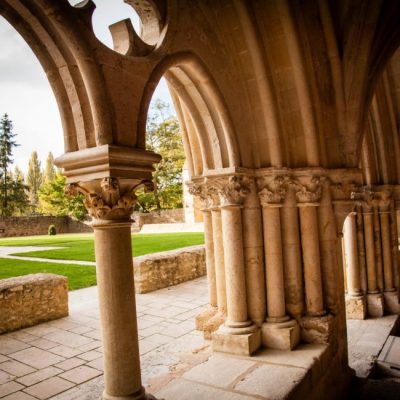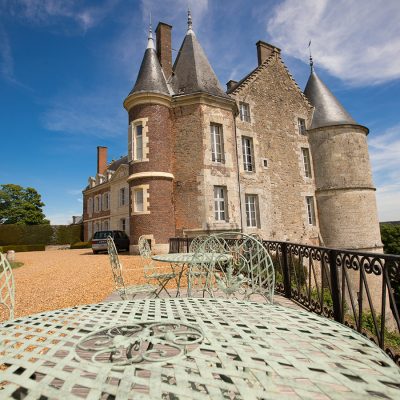17 natural sites in the Sarthe are now protected and labeled “Sensitive natural areas”. These reservoirs of biodiversity monitored by naturalist experts offer a diversified fauna and flora in varied natural environments. Discover some emblematic sites among these.

The Valley of Misery, a geological journey
In the heart of the Alpes Mancelles, in Saint-Léonard-des-Bois in the Normandy-Maine Regional Natural Park, the Vallée de la Misère remains an emblematic site of the Sarthe landscape. Its Armorican sandstone scree dating from the primary era now houses an exceptional biological heritage, such as certain species of mosses and lichens or the more customary green lizard in the south of France.
A pedestrian route is laid out there, where you can discover an animal park and a beautiful view from the hill of Narbonne.
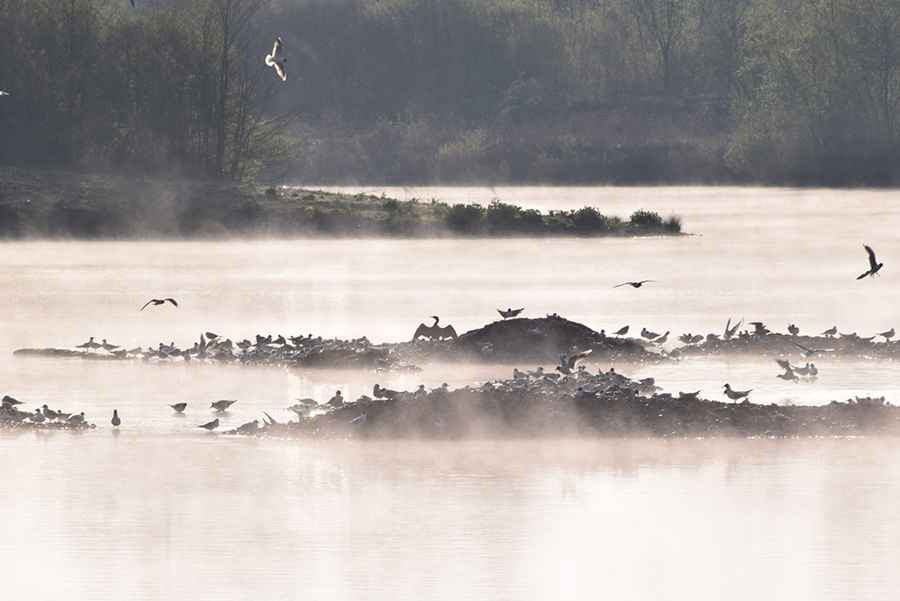
Les Ajeux, a paradise for birds
Around a pond of about forty hectares in La Ferté-Bernard, the Ajeux site is home to nearly 230 species of birds. The gravel islets arranged around the main island favor the nesting of birds. Around the Huisne canal, the wet meadows particularly attract the aquatic warbler, a small bird that is particularly threatened. Along the footpath, thematic panels provide information on the fauna and flora of this sensitive natural area.
Two observatories overlook the pond and its islets so you can admire the birds.
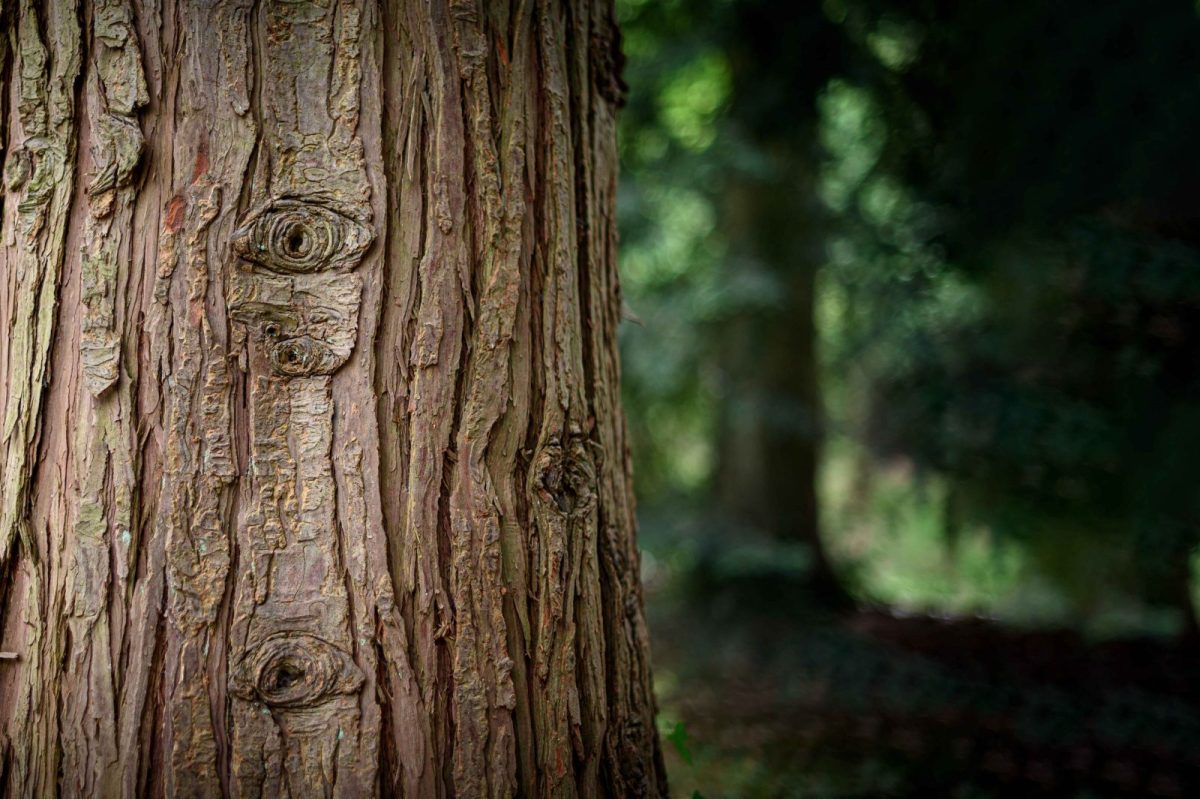
The forest of Brette-les-Pins
This small forest of about thirty hectares is home to a beautiful mosaic of forest species between maritime pines, oaks, beeches and chestnut trees. This highly diverse stand of trees promotes wildlife biodiversity. Several species of birds can be found there, such as the white-fronted redstart, known as the “nightingale of the walls” and the Warbler fitis, a small protected migrant. The sandy soil of the forest offers a privileged place for insects such as wild bees and locusts.
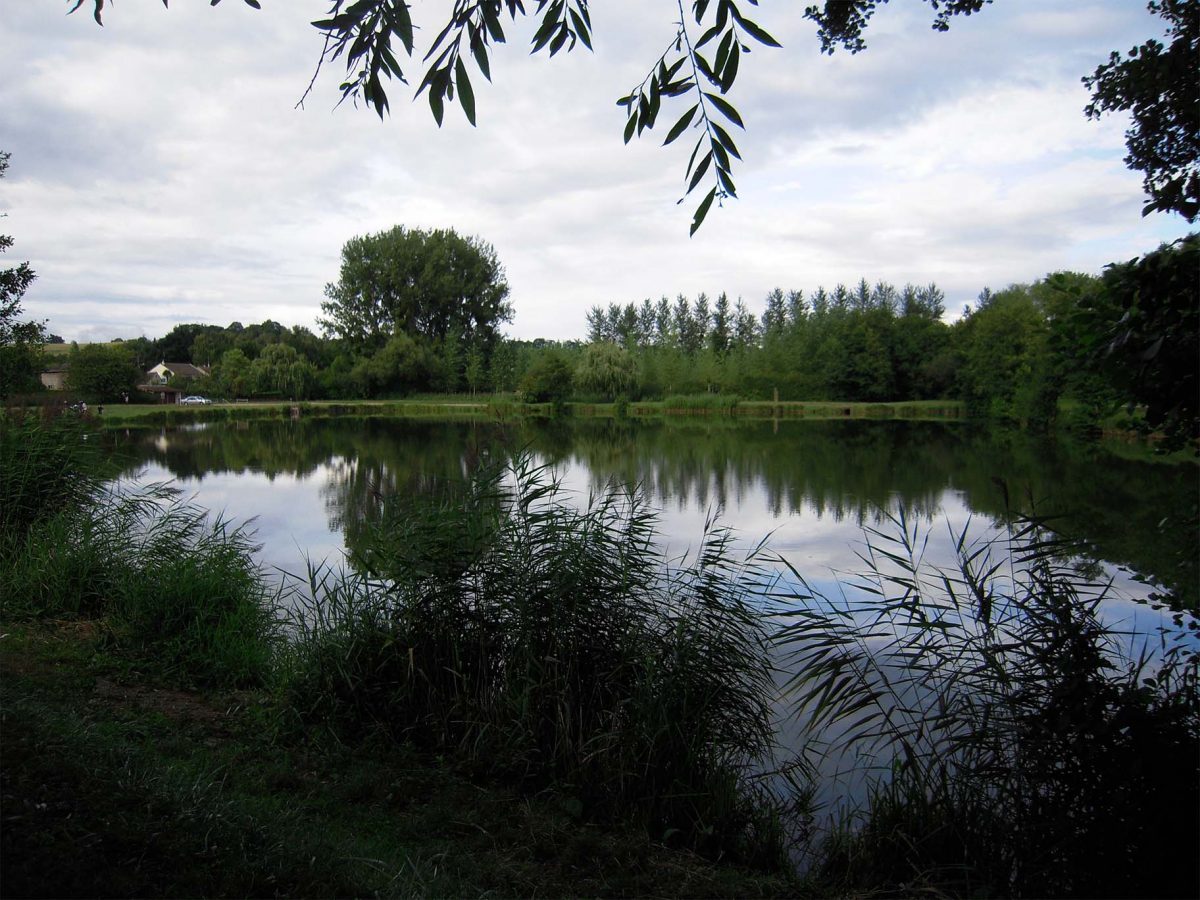
The marsh of the Vallée du Vivier
Immerse yourself in the heart of the biodiversity of the Narais in this small valley belonging to a network of peat bogs, wetlands colonized by vegetation. This low alkaline marsh is home to many species specific to semi-boggy grasslands such as locusts and common frogs. In July and August, the dazzling blue marsh gentians bloom.
For this 4 km circuit, bring a pair of boots, because the ground remains very wet even in summer.
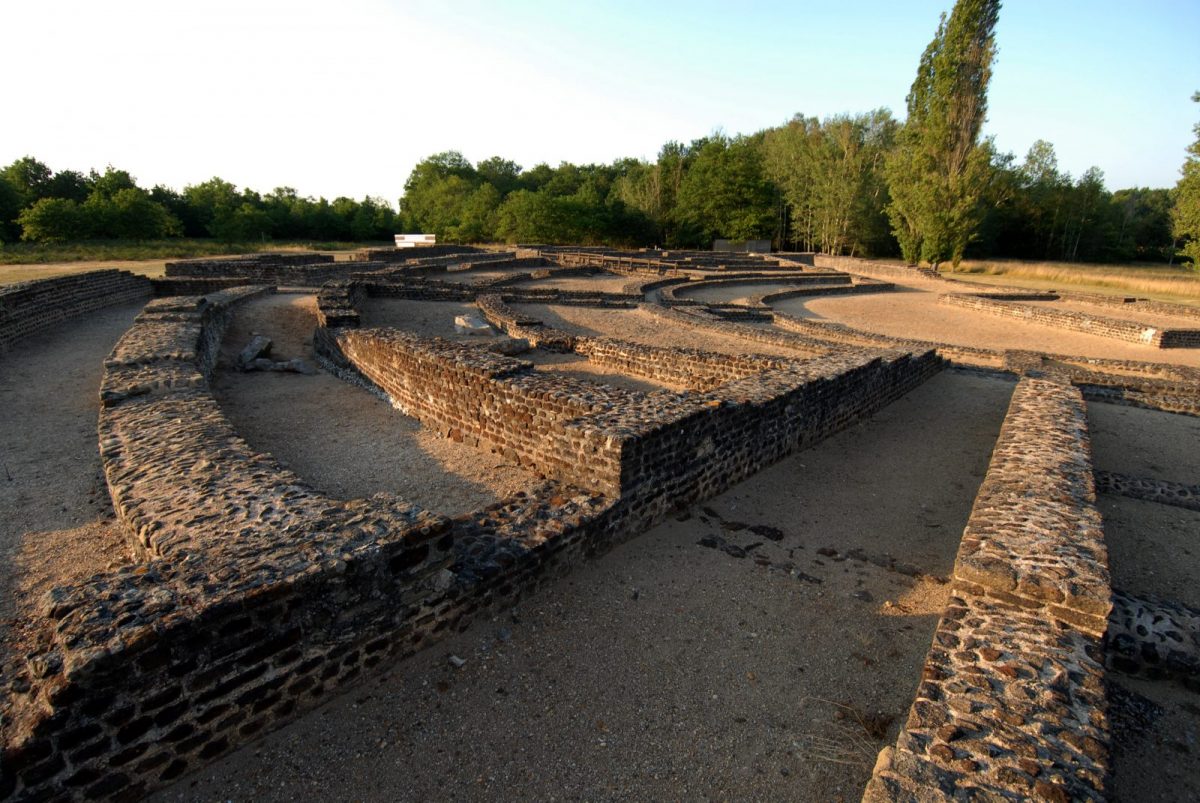
The Gallo-Roman camp and the meadows of Cherré
The Aubigné-Racan site, which extends over 60 hectares, has great biological diversity and a precious archaeological heritage. Between wet meadows and dry lawns bordering the Loir are vestiges of the 2nd and 3rd centuries : theatre, temple, forum or even Roman baths. Discover their new inhabitants like the Petit Gravelot or the Damier de la Succise, a rare butterfly for the region. Meander between the traces of a past dating back almost 2000 years, in the middle of a remarkably rich and preserved nature.
The chestnut groves of Guillaumeries and Naillerie
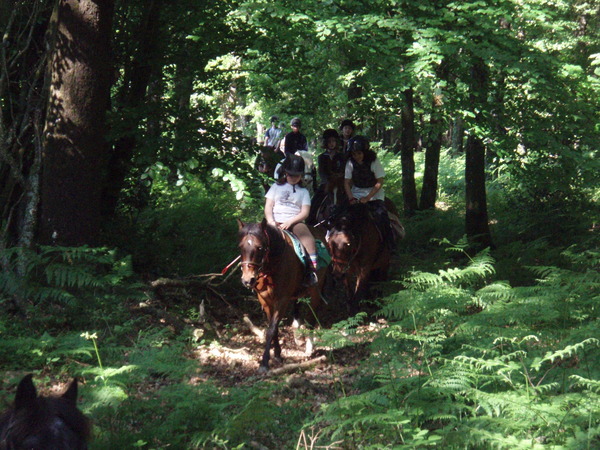
The bocage of Lavernat is made up of nouzillards, former chestnut orchards. It is famous for its plum beetle, a threatened and protected forest species which has found a prime habitat in this Natura 2000 listed natural area. You can hear the drumming of the Great Spotted Woodpecker or the melodious song of the Winter Wren, a small with brown plumage.
A 4 km linear circuit connects the two chestnut groves.
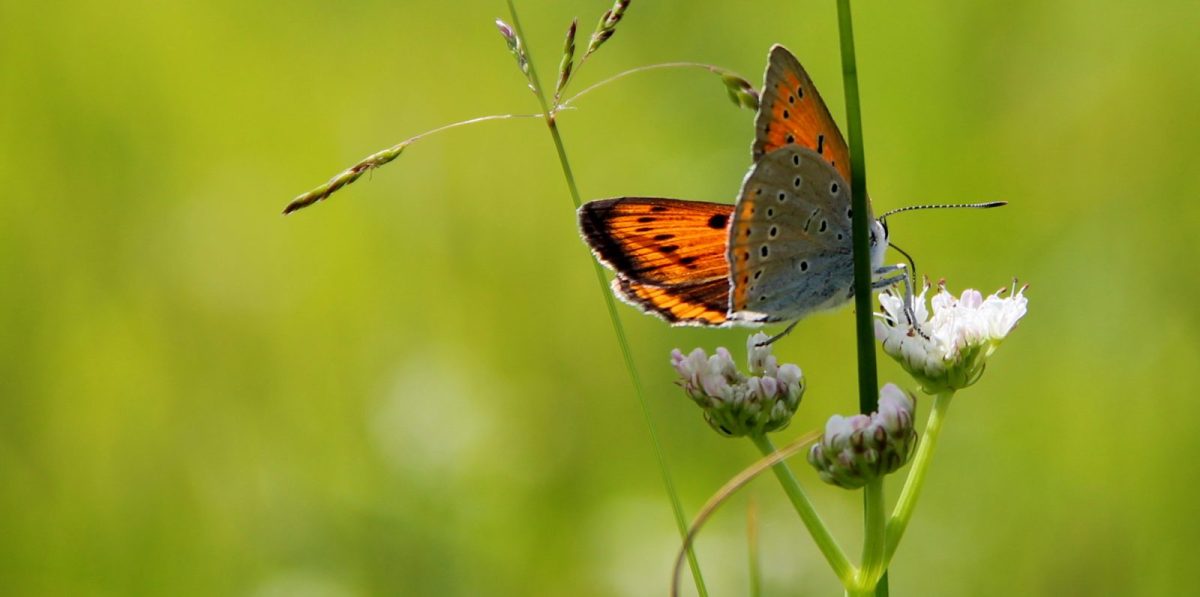
La Prée d’Amont and its flower meadows
Located in Vaas in the Loir Valley, the Prée d’Amont site offers remarkably flowery wet meadows, reedbeds and willow groves. Orchids flourish thanks to late mowing and the absence of fertilizer on these agricultural lands. A 2 km circuit with desks and listening terminals allows you to discover this place frequented by dragonflies, butterflies, green frogs and crabs.
The trail is accessible outside of periods of flooding of the Loir.
What are the 17 sites labeled Sensitive Natural Areas in Sarthe ?
• The Cherré meadow in Aubigné Racan
• The hillside of Vilclair in Avoise
• The Buttes hillside in Ballon-Saint-Mars
• The forest of Brette les Pins in Brette-les-Pins
• The valley of the Vivier in Challes
• Games at La Ferté-Bernard
• The Guillaumeries chestnut grove in Lavernat
• The vineyard hillside in Fresnay-sur-Sarthe
• The pillars at Luché-Pringé
• Useless Beauty in Montfort-le-Gesnois
• The meadow of Cherré in Précigné
• The scree of the Misère valley in Saint-Léonard-des-Bois
• The Valley of the Cards in Savigné-sous-Le Lude
• The Rocher hill in Ségrie
• The Prée d’Amont in Vaas
• The ponds and ditches of Monthorin in Vernie
• The hillside of Brière in Villaines-la-Gonais
What are the Sensitive Natural Areas classified Natura 2000 in Sarthe?
• The Guillaumeries chestnut grove in Lavernat
• The Cherré meadow in Aubigné Racan
• The scree of the Misère valley in Saint-Léonard-des-Bois
• The pillars at Luché-Pringé
• The Valley of the Cards in Savigné-sous-Le Lude
• The valley of the Vivier in Challes
What are the Sensitive Natural Areas managed by the Department of Sarthe?
• The Prée d’Amont in Vaas
• The Vivier in Challes
• The meadows of Cherré in Aubigné-Racan and the Roman camp
• The Guillaumeries and Naillerie chestnut groves in Lavernat
• The scree of the Vallée de Misère in Saint-Léonard-des-Bois
• The departmental forest of Brette-les-Pins
• The pillars at Luché-Pringé

